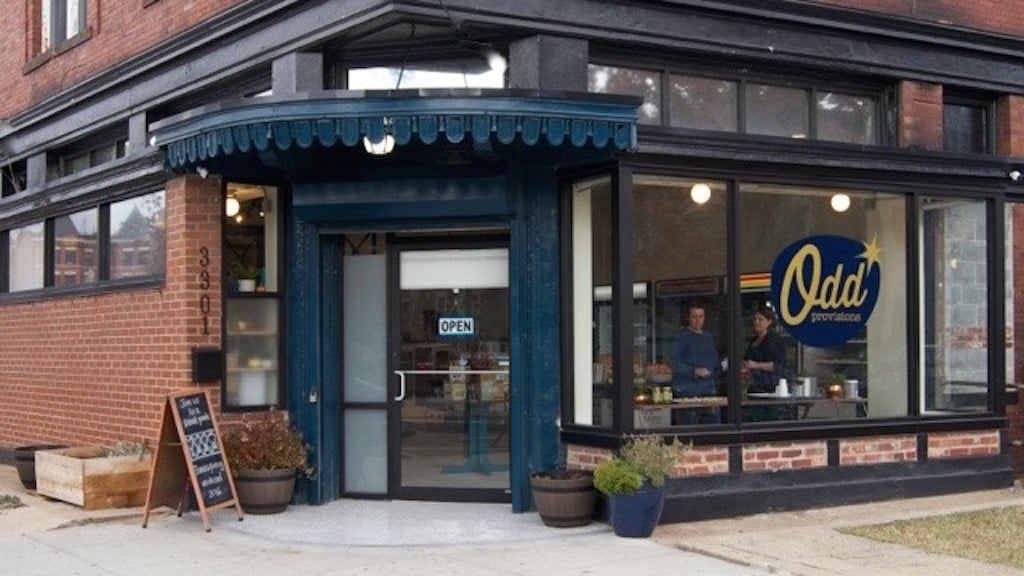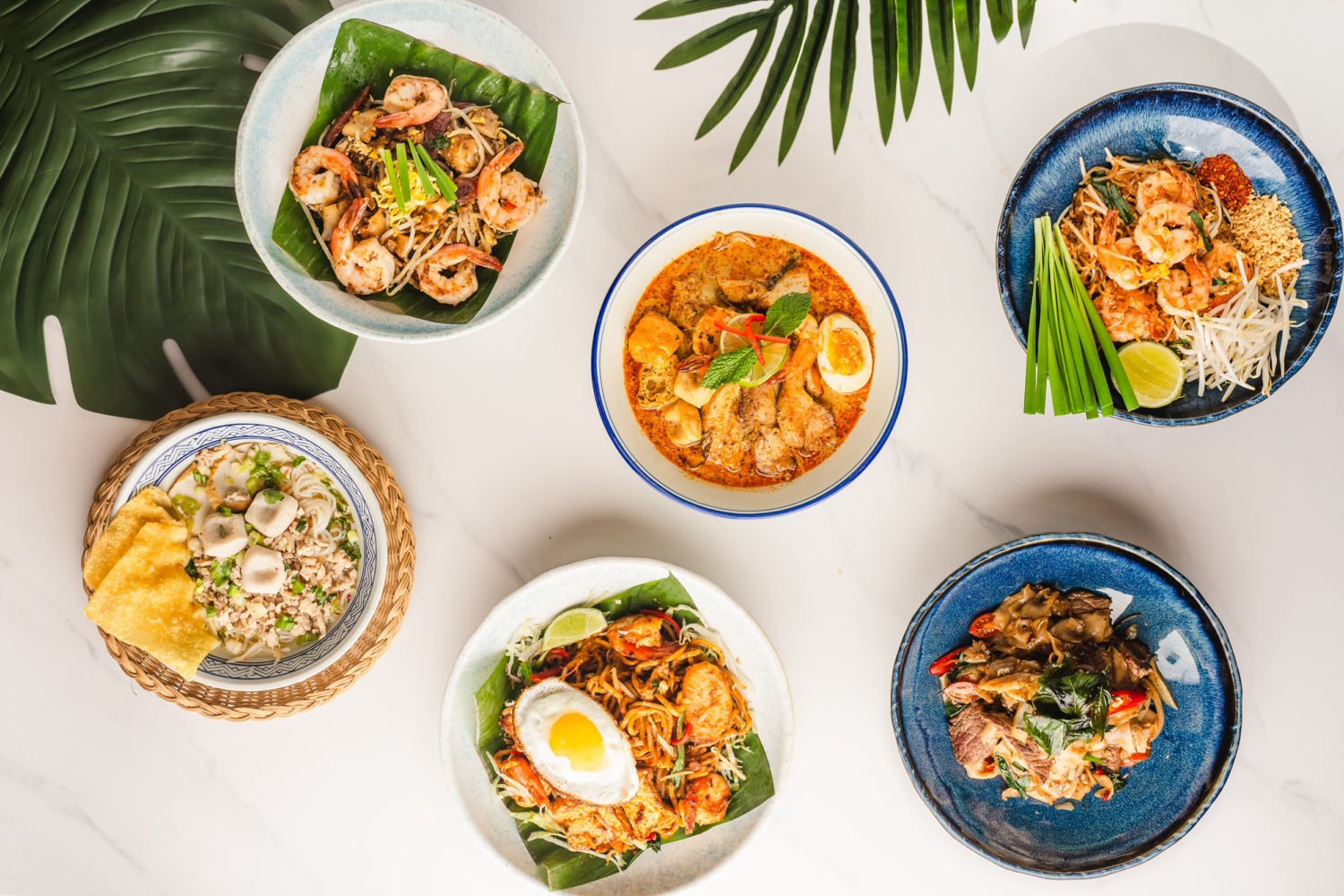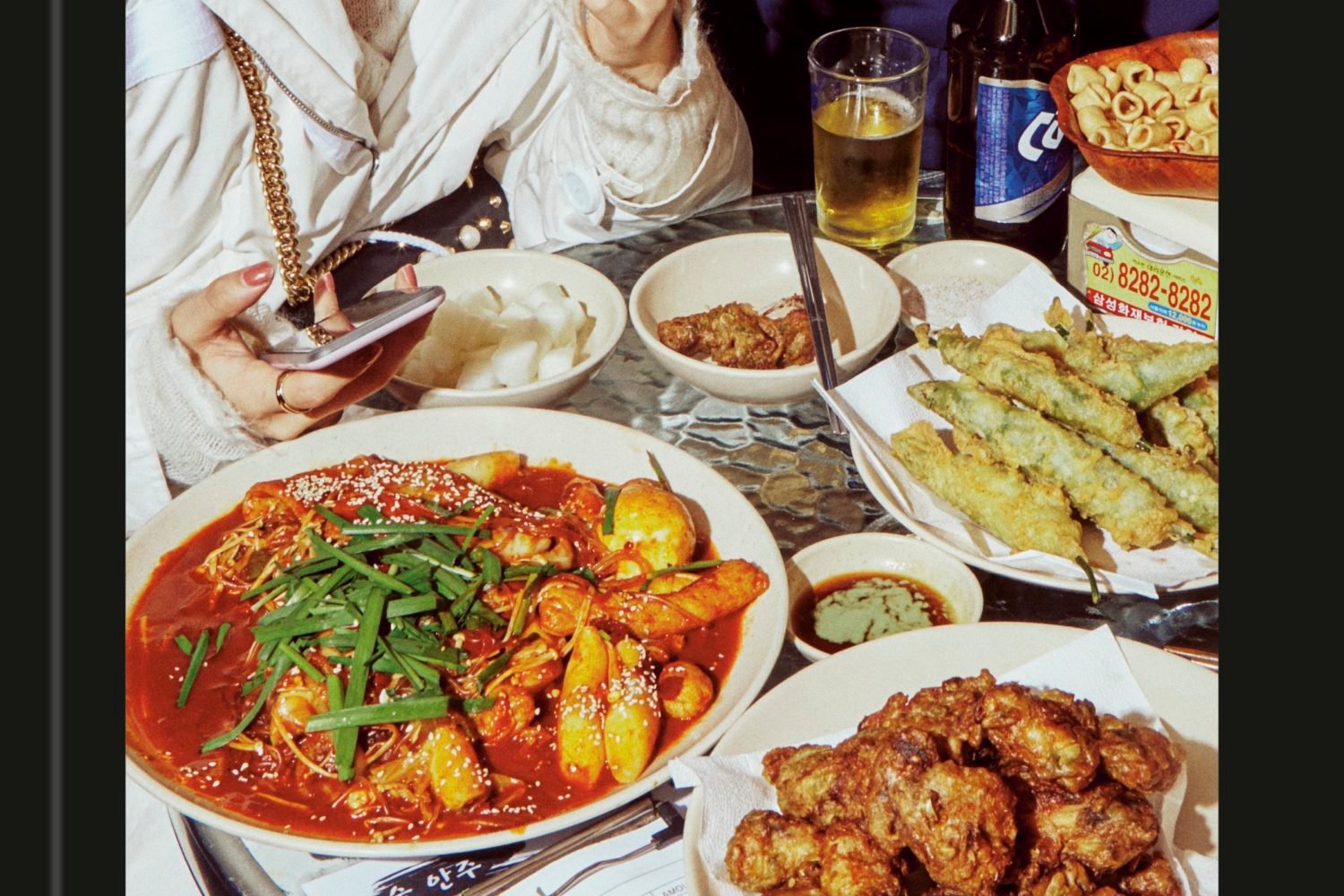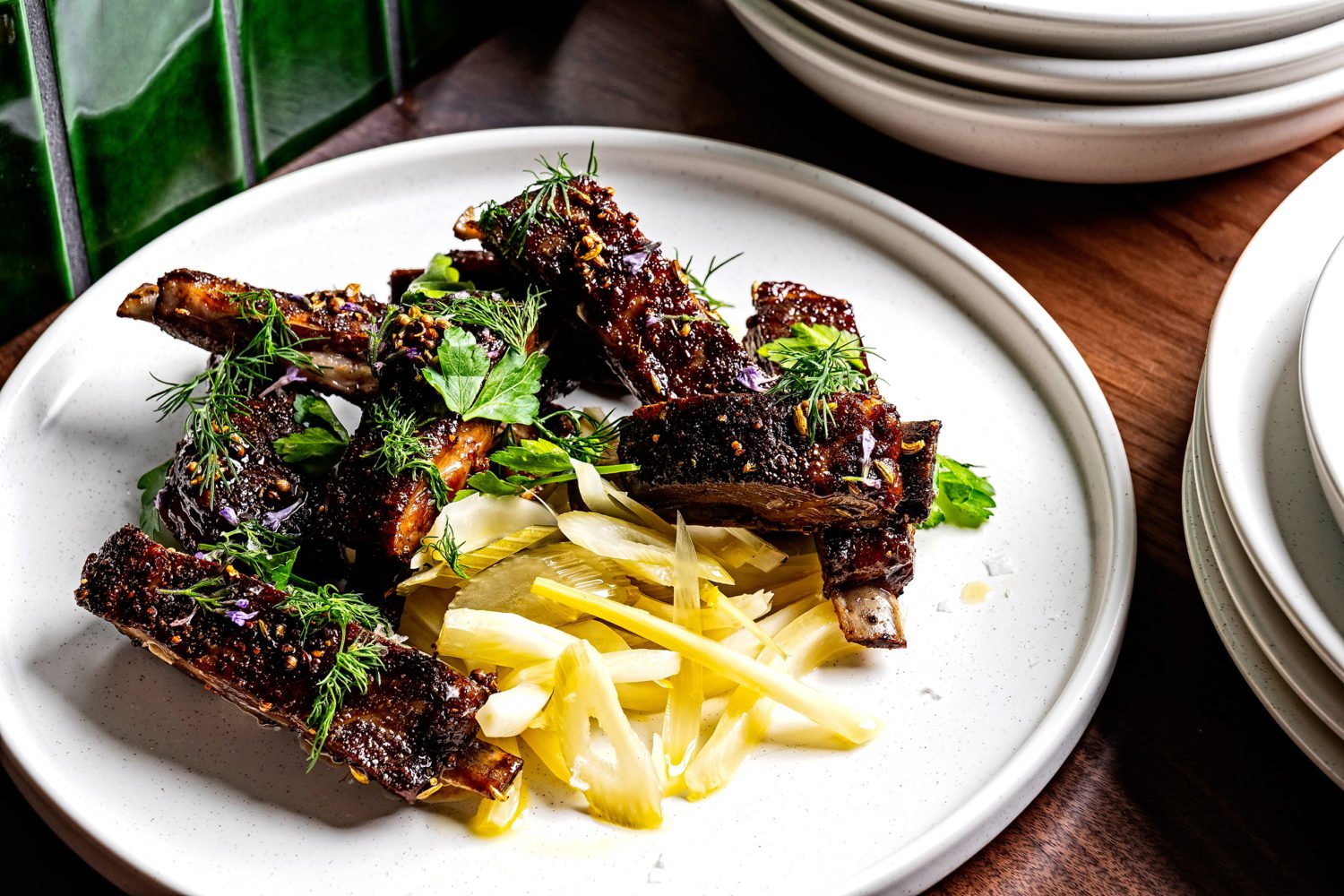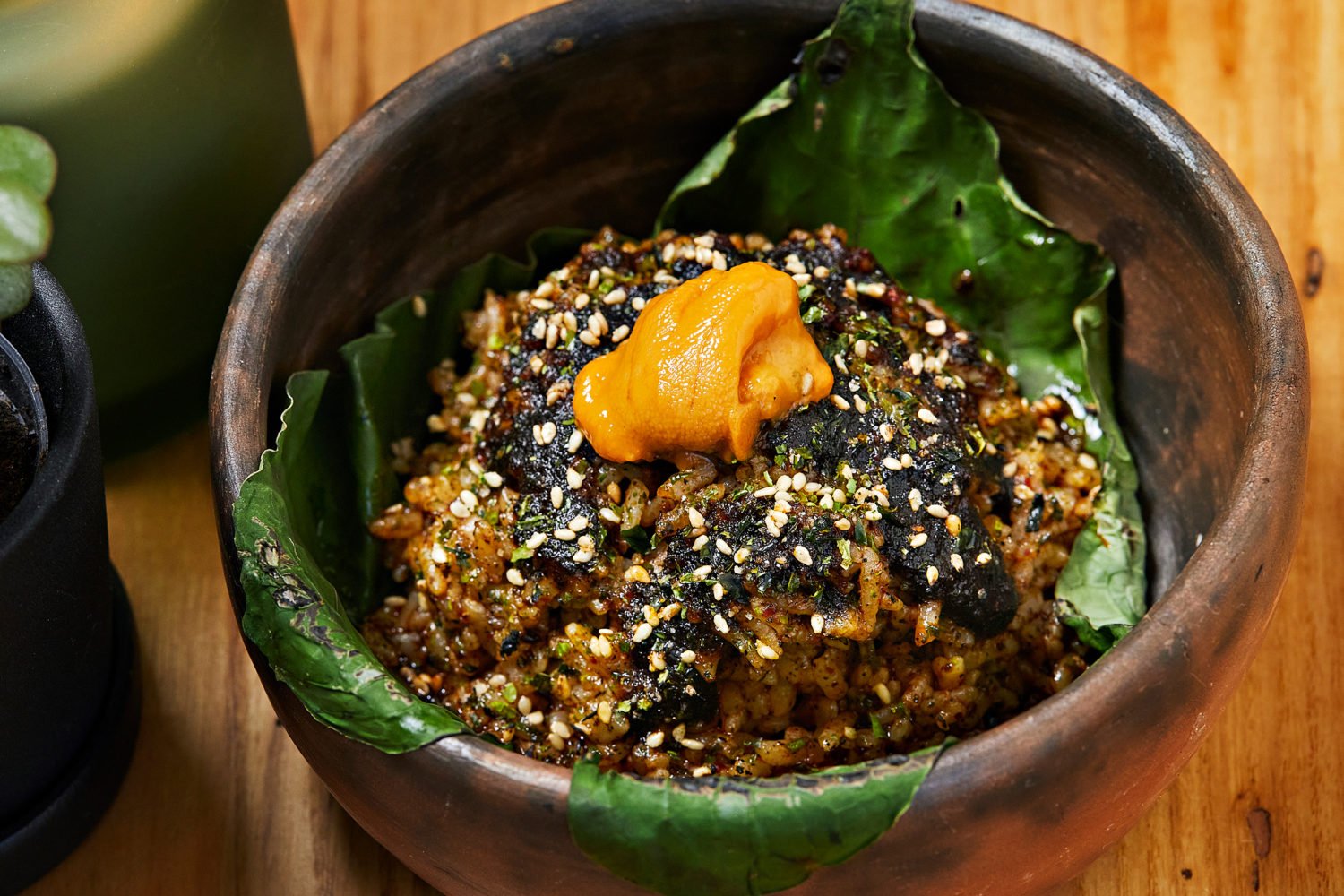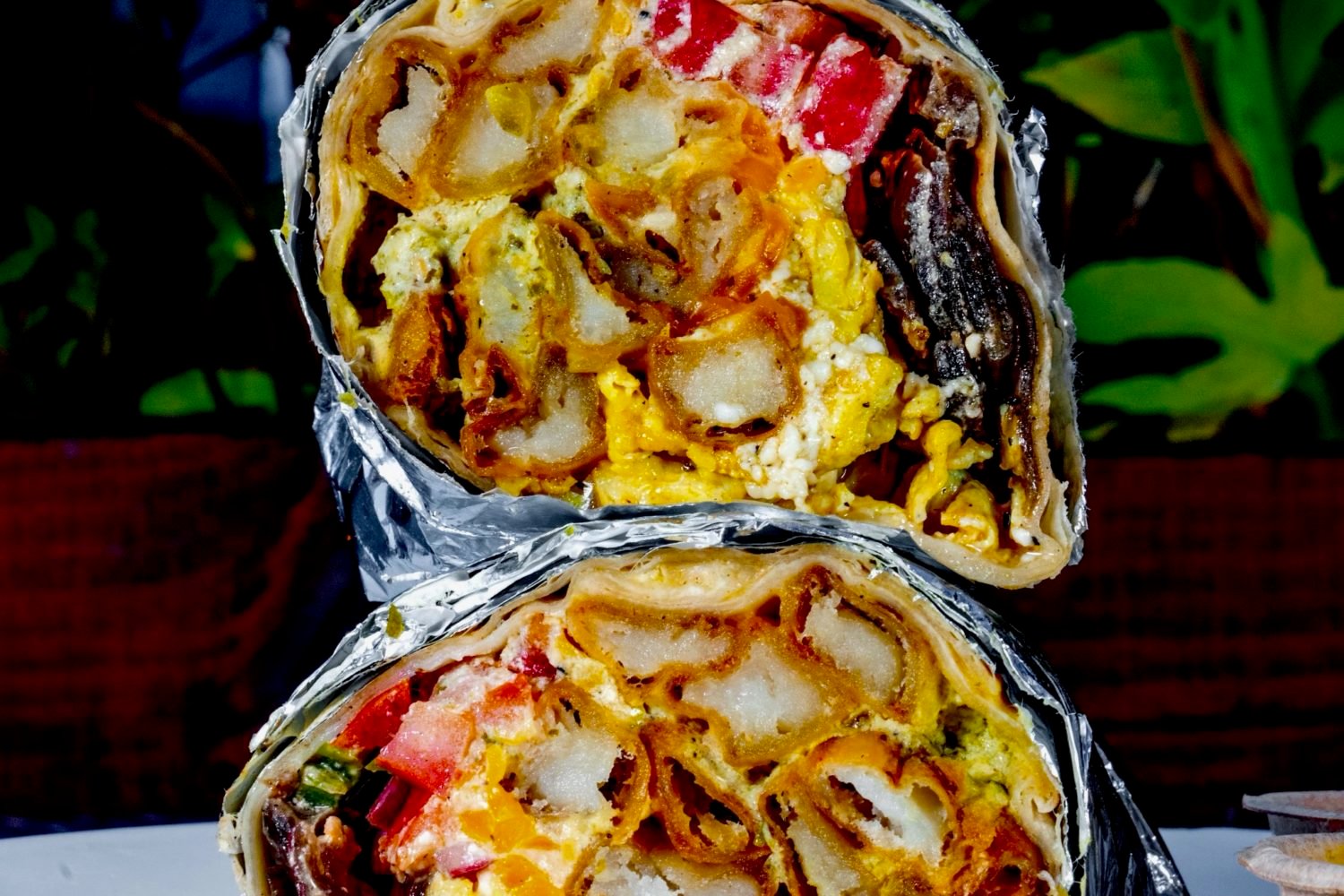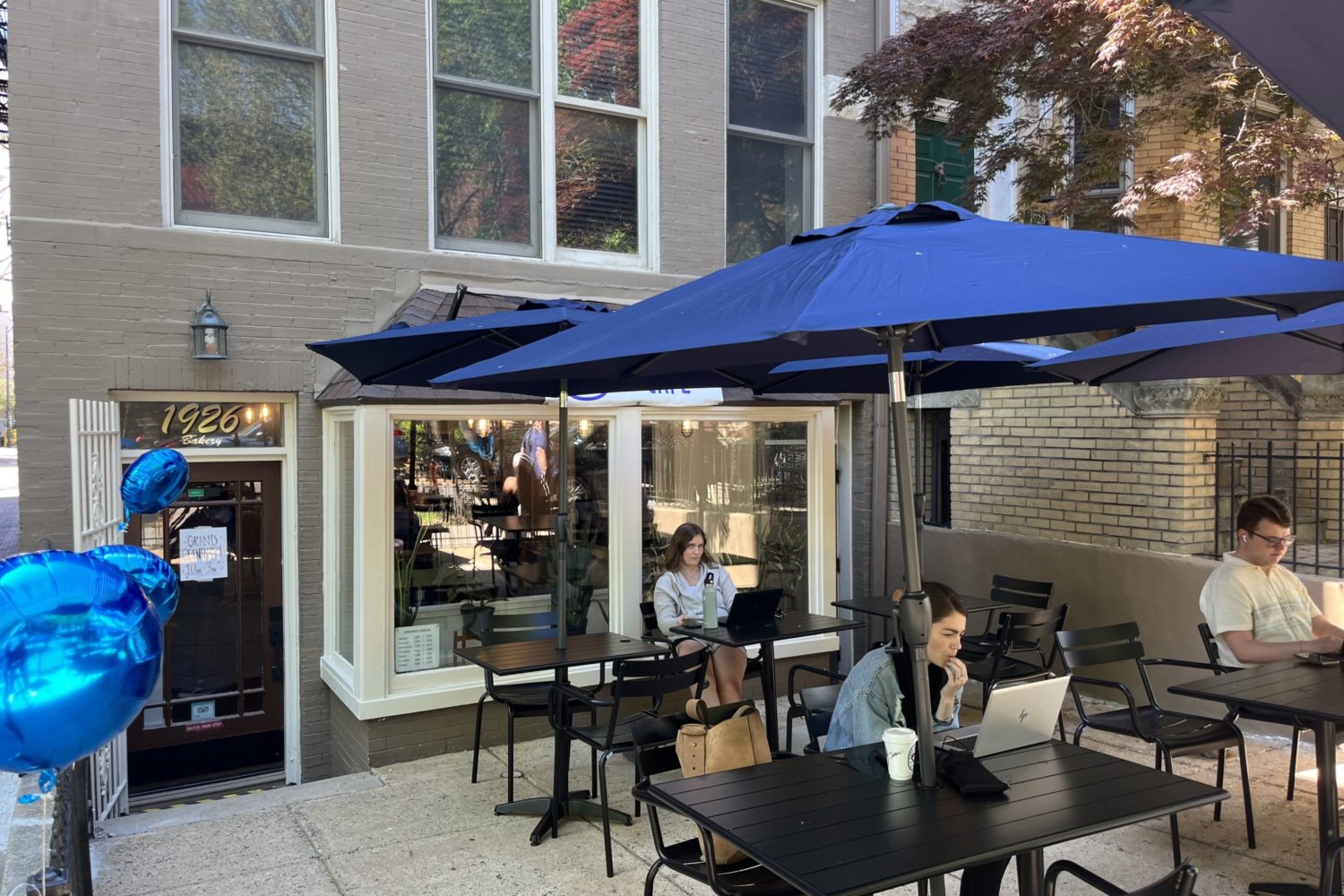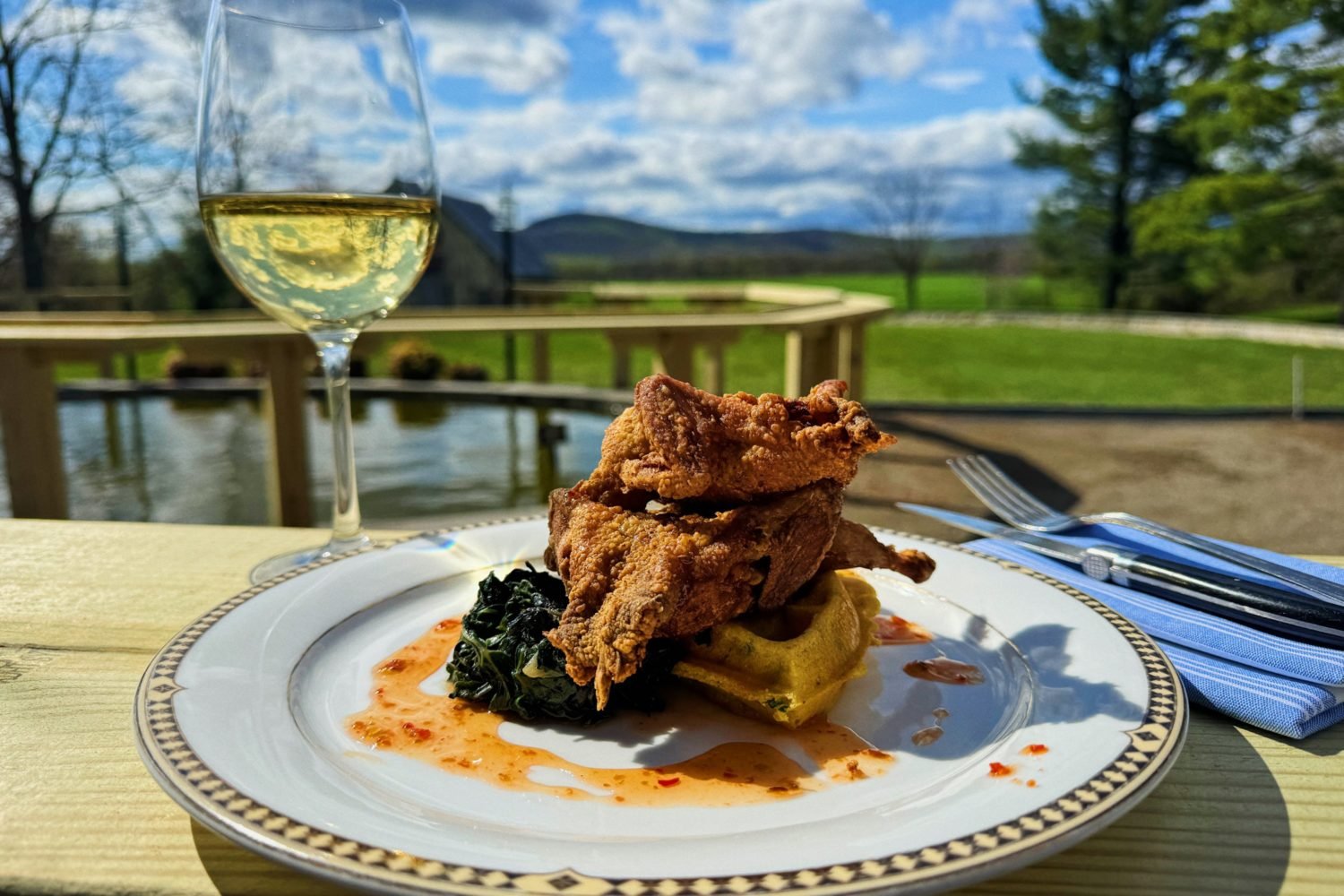 In 2019, I skipped breakfast most days and ate in more than 300 restaurants. From March 2020 until now, I’ve developed the habit of making billowing Dutch-baby pancakes on, say, a Wednesday or whipping up deviled eggs for a midmorning, pre-Zoom snack. My last indoor restaurant meal—a multi-course feast at Albi in Navy Yard—happened in mid-March 2020. And yes, I’m still employed as this magazine’s restaurant critic.
In 2019, I skipped breakfast most days and ate in more than 300 restaurants. From March 2020 until now, I’ve developed the habit of making billowing Dutch-baby pancakes on, say, a Wednesday or whipping up deviled eggs for a midmorning, pre-Zoom snack. My last indoor restaurant meal—a multi-course feast at Albi in Navy Yard—happened in mid-March 2020. And yes, I’m still employed as this magazine’s restaurant critic.
Since last spring, we’ve all shifted to a new way of eating. What would have seemed unthinkable before—dining on a frigid night inside a yurt at Fiola, celebrating a birthday in a room full of dressed-up mannequins at the Inn at Little Washington, and, in my case, assessing the contents of myriad takeout containers—is just. . . the way things are. For now, at least.
I’ve met a weird number of chefs who at one point set out to be doctors. The connecting thread: an astonishing ability to think on one’s feet and to be fueled, not befuddled, by a rush of adrenaline. DC and Maryland shut down their restaurants on March 16. Barely a week later, many places—from the populist Founding Farmers to the sceney Fiola Mare—had converted into makeshift grocery stores, hawking everything from toilet paper to Wagyu beef. Several fine-dining chefs, such as Masseria’s Nick Stefanelli and Gravitas’s Matt Baker, not only blew up their existing business plans, trading tasting menus for family meals, but did it with a skeleton staff and a new set of personal responsibilities (including meal-delivery driver).
In Vienna, Clarity chef/owner Jonathan Krinn kept his fine-dining restaurant going by diversifying in countless ways: selling pizza and wings, fresh meats and seafood, even knife-sharpening. When outdoor dining was allowed again, he began serving tasting menus in his parking lot and launched a barbecue business.
Pizza, wings, barbecue. Groundbreaking they are not. But they are reliable—and who could blame restaurateurs for seeking a little stability?—which is why in the coming months you’ll see more of that kind of comfort food. Take Tom Cunanan, the James Beard Award–winning former chef of Bad Saint, the Filipino hot spot in Columbia Heights. Sure, he’s looking for space for his ambitious dream restaurant. But in the meantime, he has launched PogiBoy, a smash-burger/fried-chicken concept out of a DC food hall, and he doesn’t plan to leave it behind. Komi, the tasting-menu mecca in Dupont Circle, is now functioning as Happy Gyro, slinging barbecue-spiced waffle fries and (fantastic) vegetarian gyros.
Diners have changed their habits, too. Some of us spent months perfecting boules and galettes. Some have been getting groceries delivered for the past year or have been hitting the vending machine at the new Stellina in Shirlington for fresh pasta. And some have gotten used to slurping their evening cocktails out of pouches that have been delivered on a doorstep.
But we’ve also acted in predictable ways. Instead of scheming for a table at the Dupont Circle Korean destination Anju, we shifted our collective obsession with trying the new-new thing to carrying out. In the beginning of the pandemic, it was for the homey lasagnas and roast chickens from the French-American Shaw dining room Kinship. Later, it was for the pizza at Mount Pleasant’s Martha Dear, which opens its ordering system at noon on the dot and usually is out of pies within the hour. In November, the food world’s focus moved to the takeout lo mein and crab Rangoon from Lucky Danger, the delivery-only DC pop-up run by former Kyrisan chef Tim Ma—good luck getting an arrival slot before 9:30 pm.
The pandemic is casting the suburbs, where many people are now working from home, in a more flattering light. Lucky Danger is sticking around—a permanent location is on the way—just not in DC. Instead, it’ll debut in what foodies might mark on a restaurant map as “snoozetown” (and soon, Amazon country): Pentagon City. Nearby, Reverie chef Johnny Spero will set aside his modernist Scandi aesthetic and open a pizza shop, and Kaliwa’s Cathal Armstrong is taking over an Irish pub.
Bethesda has always been crammed with restaurants—just not very exciting ones. But things are looking up there, too: José Andrés is flipping his old Jaleo into a location of his New York hit, Spanish Diner. A branch of Chiko, the Korean-Chinese fast-casual spot in DC, recently opened across the street. And just down the block, look for the arrival of the Riggsby, the throwback-American dining room from Michael Schlow that was once in Dupont Circle.
Where will we be a year from now? Will restaurants dare to offer small plates? Will chains, which have easier access to capital and can shoulder high rents, eat up all the hollowed restaurant spaces that dot Penn Quarter and 14th Street? Will restaurants and kitchens become more equitable places to work? Will no-reservations policies disappear for good? Will the restaurants we’ve relied on for decades pull through? There are some hopeful signs. I just know that personally, I can’t wait to close the Doordash app and get off my couch and back to the table.
This article appears in the April 2021 issue of Washingtonian.







